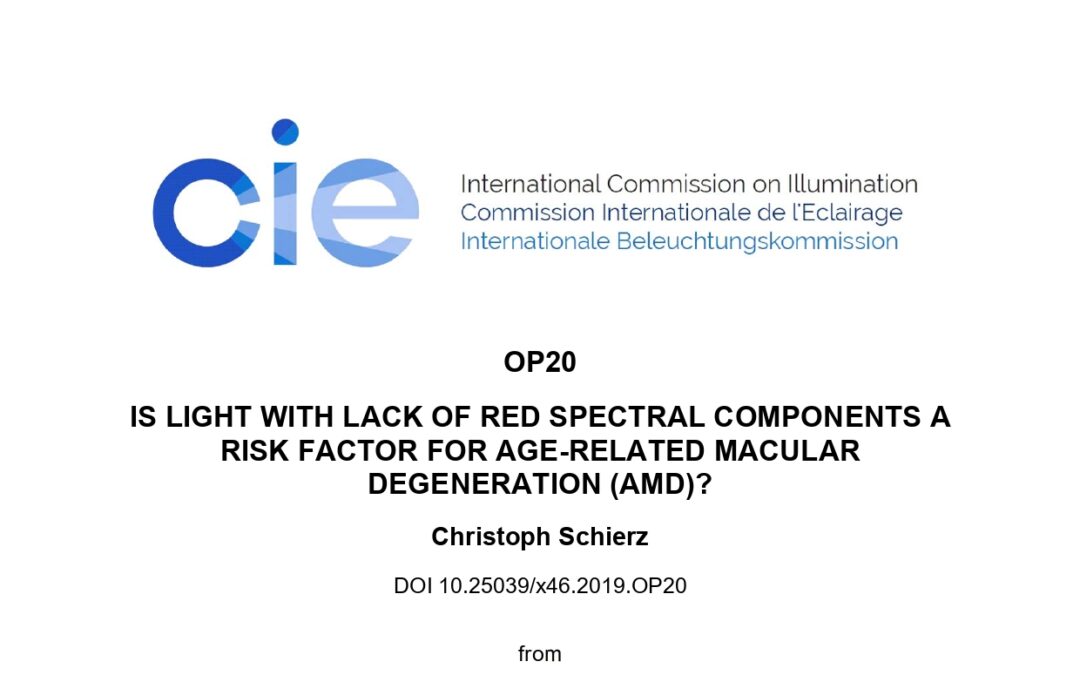Intense blue spectral light components pose a short-term risk to the retina, called blue light
hazard (BLH). For this photochemically-induced retinal injury spectral weighting functions and
applicable limit values are established. However, scientific evidence about blue light as a
long-term risk factor promoting age-related macular degeneration (AMD) is less descriptive.
Some studies indicate that a spectral weighting function seems to be similar to the function
used for BLH. However, there are some scientific papers reporting good therapeutic results in
patients with AMD by the use of a therapy called “photobiomodulation”. This indicates that red
and near infrared (NIR) spectral components could be beneficial by counteracting blue light
induced AMD. In order to describe the balance between the risk potential of blue and the
protection potential of red/NIR spectral components an “AMD protection index” is proposed
and is applied to various spectra of light sources including LEDs for comparison.


